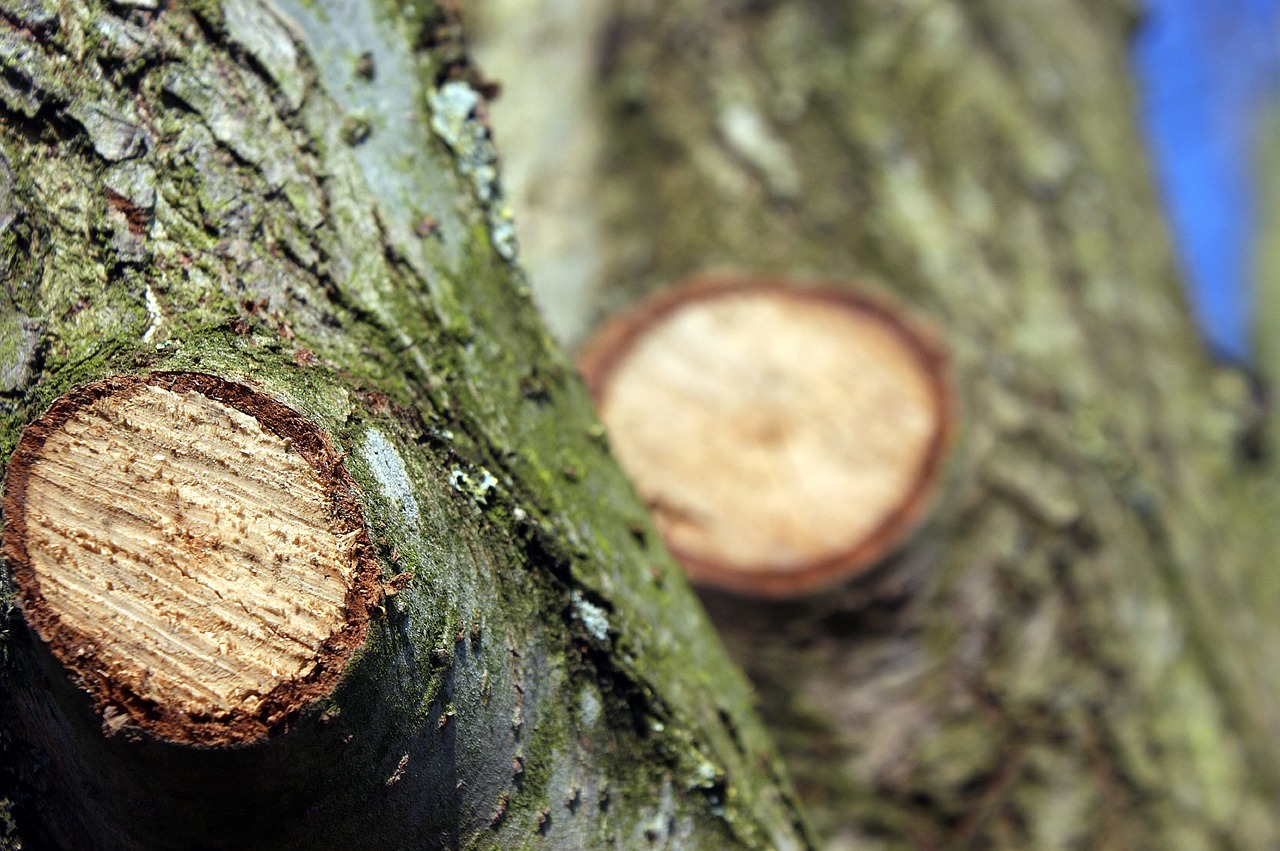If you had to pick just one landscape plant to symbolize the South, you could do worse than choose the Crepe Myrtle (or “crape myrtle” as it is often spelled.) With its spectacular summer blooms, shapely trunks and stunning fall color, this small tree or shrub simply oozes Southern beauty, hospitality and class. So much so that even though Crepe Myrtles are arguably over-used in the landscape, you just can’t help but love the things.
So why - WHY - did anyone ever get the idea to start willy-nilly decapitating them?
The horrific practice of “topping” Crepe Myrtle trees down to pathetic stubs is one of the most frustrating trends in landscaping. Somewhere, someone got the idea that this tree butchery was necessary in order to control the size and growing habit of a crepe myrtle. It is not. The only thing you will accomplish by doing this is ruin a beautiful tree.
“Crape Murder,” as it is often called, destroys the structural beauty of the plant and causes it to send out weak, spindly branches that are not sturdy enough to hold up the flowers. (You may have seen crepe myrtle branches sadly drooping after a summer rain. This is why.) If anything, the aesthetic assault worsens in the winter, when instead of enjoying the crepe myrtle’s beautiful sculptural form, we are subjected for months on end to the sight of ugly, mutilated stubs.

Let’s put a stop to this cruel, inhumane practice, shall we? If your crepe myrtle is looking a bit unkempt, here’s how to prune it right.
How To Prune A Crepe Myrtle Without Committing Murder
The idea behind proper crepe myrtle pruning is to maintain and enhance the natural form of the tree. Crepe myrtles grow naturally in a graceful vase shape. Our job when pruning a crape myrtle is to simply guide it to its best potential and thin it out a bit to allow air and light in and encourage robust, healthy blooms.
Here are some tips for proper crepe myrtle pruning:
- Remove suckers from the base of the tree.
- To maintain the vase shape, remove side branches from the lower 3-4 feet of the main trunk(s).
- Take out any branches growing inward towards the center of the tree. This will help maintain the vase shape and lift the tree’s canopy up.
- Remove any branches that are crossing or rubbing on each other.
- As a general rule, only remove limbs smaller than your finger.
- If you need to remove larger branches that are growing where you do not want them, prune all the way back to the main stem, cutting at the branch collar (the swollen part within ¼ inch of the trunk).
- If you like, you can remove old seed pods. If you do this in the summer while they are still green, your crepe myrtle may reward you with a second flowering.
A Note On Crepe Myrtle Selection
One of the biggest excuses given for Crepe Murder is that it is “necessary” to control the size of the tree. Personally, I think this is nonsense. If a plant isn’t appropriate for its location it makes far more sense to replace it with something that works in the space than to resort to butchery.

By Lsuaexpert (Own work) [CC BY-SA 3.0], via Wikimedia Commons
These days, you can find crepe myrtle cultivars bred to mature at heights ranging from 30+ foot full size trees down to 3 foot dwarf varieties. When shopping for that perfect crepe myrtle, do your homework. In addition to bloom color, be sure you’re purchasing a plant that fits your space. (And resist the temptation to make an impulse buy of any landscape plant at the discount store. You get what you pay for; investing a few more bucks in plants from a reputable local nursery will save you a lot of heartache down the line.)
Or, Just Call Us
Proper pruning is a bit of an art. Some homeowners really groove on doing it themselves. It can be a great way to bond with your plant. But if the thought of taking a blade to your beloved crepe myrtle makes you blanch, don’t worry. We’d be happy to trim it up proud and proper for you - or even take out a tree that’s been murdered beyond hope and replace it with a specimen perfect for your yard.
You can reach us here online, or call us at 478-272-3878 (East Dublin), or 478-750-7733 (Macon). We look forward to serving you!
1 Oct 2024



